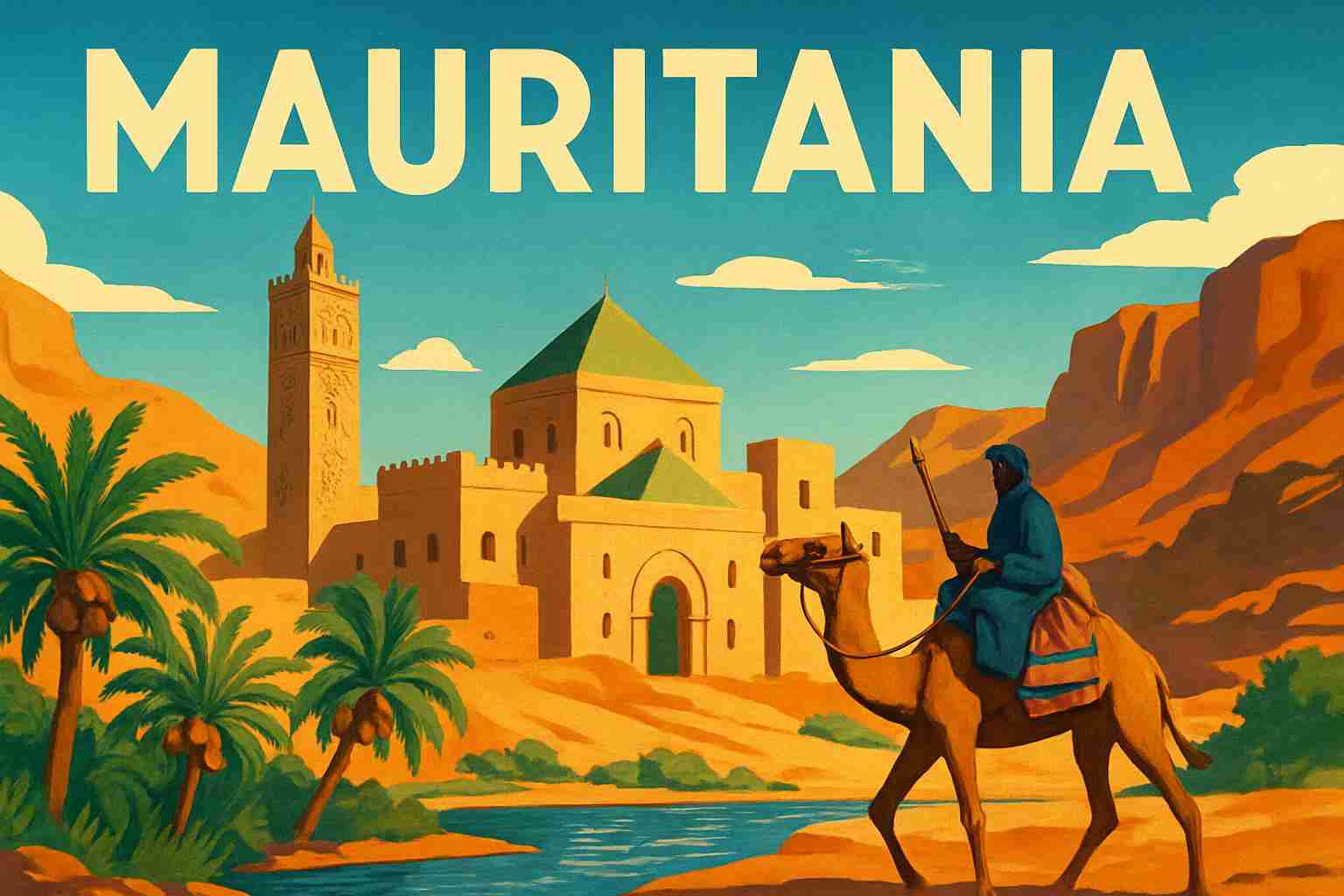Currency in Mauritania: MRO Send & Spend FX Guide
Resources for Expats, Travelers and Entrepreneurs Navigating Life and Trade in Mauritania with the Mauritanian ouguiya.

What's in this Mauritania currency guide?
What currency is used in Mauritania?
The official currency of Mauritania (country code: MR) is the Mauritanian ouguiya, with symbol UM and currency code MRO.
What is a good Mauritanian ouguiya exchange rate?
The BestExchangeRates.com currency comparison table below helps you see the total cost of your currency transaction by showing the exchange rates offered by different providers. It also makes it easy to spot potential savings from market-leading FX services compared to bank rates.
To see a full list of rates, enter your transaction type, currencies and amount then click ‘GET RATES’:
Loading rates...
|
|
|
Frequently Asked Questions
What currency should I use in Mauritania?
The domestic currency in Mauritania is the Mauritanian ouguiya.
What is the Mauritanian ouguiya currency code and symbol?
The three letter currency code for the Mauritanian ouguiya is MRO — symbol is UM.
What does the Mauritanian ouguiya look like?
Here is an example Mauritanian ouguiya banknote:

Which countries use the Mauritanian ouguiya?
It is the domestic currency in Mauritania.
Is the Mauritanian ouguiya a closed currency?
No, the Mauritanian ouguiya is freely available and convertible. See guide: What is a closed currency?
What are equivalent amounts of USD and MRO?
Here are some popular conversion amounts for USD to MRO (US dollar to Mauritanian ouguiya)*.
*Converted at the current USDMRO interbank exchange rate. Calculate actual payout amounts for Send Money and Travel Money exchange rates.
Travel money for Mauritania
Using Wise for Mauritanian ouguiya travel money is a smart choice for savvy travelers. With its competitive exchange rates and low fees, Wise allows you to convert and manage multiple currencies effortlessly.
Be careful when using your own bank's Debit/Credit Card, as your bank may also charge an extra 3% as an “Overseas Transaction Charge” plus “Overseas ATM” fees for withdrawing cash on top of the standard Visa/Mastercard 2.5% from market mid-rate.
For card purchases, if you are offered a choice of currencies always select to Pay in Mauritanian ouguiya otherwise you will typically get much worst dynamic currency conversion (DCC) exchange rates.
If you really want Mauritanian ouguiya cash before departure, you can save money by ordering online. You generally get better rates and can pick up the MRO cash locally or even on travel day at the airport.
USD/MRO Market Data
The below interactive chart displays the USD/MRO change and UP📈 DOWN📉 trends over the past 1 Year.
Send Money to Mauritania - Best Rates
To get a good (and fair) exchange rate when sending money to Mauritania you need to find and compare exchange rates for International Money Transfers (IMTs).
The available FX rates for sending money abroad can be very different to the mid-market (wholesale) rate which you see reported online and in the News.
You should especially compare your own bank's exchange rates to those available from Money Transfer specialists to see how much you can save - we make that calculation easy in the below table.
Get a better deal for foreign transfers to Mauritania
When sending money to Mauritania it’s important to compare your bank’s rates & fees with those we have negotiated with our partner money transfer providers. To get a better deal you should follow these 4 simple steps :
- Open an account with a BER reviewed FX provider (id docs may be required)
- You specify the local or Mauritanian ouguiya amount you want to transfer
- Make a local currency domestic transfer for the requested amount to the provider's bank account in your country
- Once your funds are received by the provider the converted MRO amount will be transfered to the recipient account you specify in Mauritania.
Use the above calculator to compare the exchange rates of FX specialist providers rates versus your bank's standard rates you can hopefully save around 5% and maybe more - end result is more Mauritanian ouguiya deposited into the recipient bank account and less margins and fees kept by the banks!
